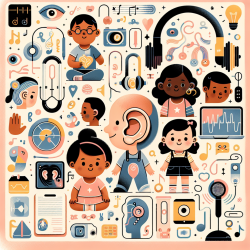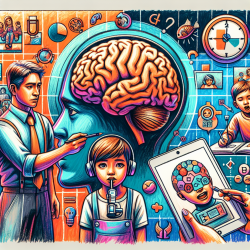Understanding the Impact of Socioeconomic Status on Brain Development
Recent research has unveiled fascinating insights into how socioeconomic status (SES) influences brain development, particularly in the realm of fluid reasoning. The study titled "Associations between cortical thickness and reasoning differ by socioeconomic status in development" explores the intricate relationship between cortical thickness and reasoning abilities across different SES backgrounds.
The Study's Key Findings
Conducted with children aged 4-7 and adolescents aged 12-16, the study found that thicker bilateral rostrolateral prefrontal cortex (RLPFC) was positively correlated with reasoning ability in children from lower-SES backgrounds. Interestingly, this correlation was not observed in children from higher-SES backgrounds. This suggests that the neural structures supporting reasoning may vary based on SES during development.
Implications for Practitioners
As a practitioner, understanding these findings can be pivotal in tailoring interventions and support strategies for children from diverse backgrounds. Here are some actionable insights:
- Personalized Interventions: Recognize that children from lower-SES backgrounds may benefit from interventions that support the development of RLPFC, potentially enhancing reasoning skills.
- Early Assessment: Consider early assessments of cognitive abilities to identify children who might benefit from targeted support, particularly in lower-SES environments.
- Holistic Approaches: Integrate socioeconomic factors into your assessment and intervention planning, ensuring a comprehensive understanding of each child's unique needs.
Encouraging Further Research
This study opens avenues for further research into how SES impacts brain development. Practitioners are encouraged to explore additional questions such as:
- How do other cognitive functions relate to cortical thickness across different SES backgrounds?
- What specific interventions can effectively support children from lower-SES backgrounds in developing reasoning skills?
- How do these findings translate into long-term educational and developmental outcomes?
Conclusion
Understanding the nuances of brain development across socioeconomic backgrounds is crucial for practitioners aiming to create positive outcomes for children. By integrating these insights into practice, we can better support the diverse needs of children and foster environments where all children can thrive.
To read the original research paper, please follow this link: Associations between cortical thickness and reasoning differ by socioeconomic status in development.










